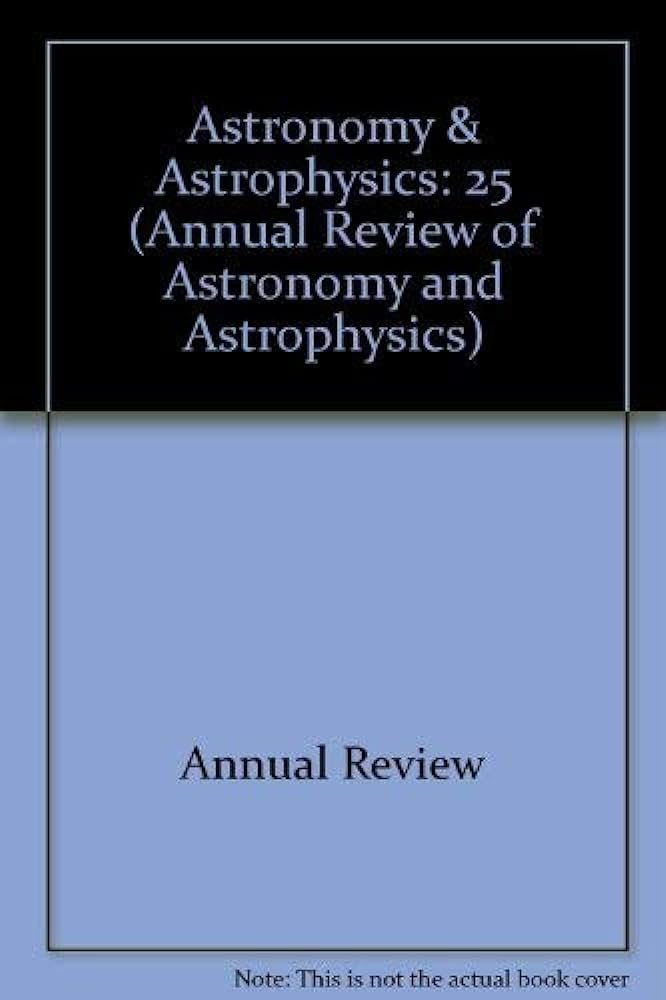Carrington活动
IF 32.5
1区 物理与天体物理
Q1 ASTRONOMY & ASTROPHYSICS
Annual Review of Astronomy and Astrophysics
Pub Date : 2021-06-25
DOI:10.1146/annurev-astro-112420-023324
引用次数: 10
摘要
1859年的卡林顿事件是一次带有地磁风暴的太阳耀斑,它是太阳上可能发生超巨星的原型。最近的地球物理(年轮中的14C特征)和精确的时间序列测光[太阳的测辐射热总太阳辐照度(TSI),以及开普勒和凌日外行星探测卫星对恒星的宽带测光]拓宽了我们对极端事件及其对地球和类地系外行星构成的威胁的看法。这篇综述评估了相互的太阳和/或恒星经验教训,以及我们对恒星和太阳新数据的理论理解状况,因为它们与卡林顿事件的物理有关。讨论内容包括该事件隐含的日冕物质抛射、其潜在的“太阳宇宙线”产生,以及基于那个时代已有的多信使信息观测到的地磁扰动。以卡林顿事件为最极端太阳事件的例子,在我们对太阳耀斑和/或日冕物质抛射事件的丰富现代知识的背景下,我们讨论了这些过程中可能与太阳型恒星活动相关的方面,特别是它们的超巨星。▪ 1859年的卡林顿耀斑虽然威力巨大,但并没有显著超过现代观测到的最大事件的规模。▪ 太阳型恒星上的恒星“超级巨星”事件可能有共同的模式,也表明在未来某个时候可能会发生更极端的太阳事件。▪ 我们从比较更为人所知的太阳耀斑和日冕物质抛射的微观物理学与相关恒星现象的多样性中受益。《天文学和天体物理学年度评论》第59卷预计最终在线出版日期为2021年9月。请参阅http://www.annualreviews.org/page/journal/pubdates用于修订估算。本文章由计算机程序翻译,如有差异,请以英文原文为准。
Carrington Events
The Carrington event in 1859, a solar flare with an associated geomagnetic storm, has served as a prototype of possible superflare occurrence on the Sun. Recent geophysical (14C signatures in tree rings) and precise time-series photometry [the bolometric total solar irradiance (TSI) for the Sun, and the broadband photometry from Kepler and Transiting Exoplanet Survey Satellite, for the stars] have broadened our perspective on extreme events and the threats that they pose for Earth and for Earth-like exoplanets. This review assesses the mutual solar and/or stellar lessons learned and the status of our theoretical understanding of the new data, both stellar and solar, as they relate to the physics of the Carrington event. The discussion includes the event's implied coronal mass ejection, its potential “solar cosmic ray” production, and the observed geomagnetic disturbances based on the multimessenger information already available in that era. Taking the Carrington event as an exemplar of the most extreme solar event, and in the context of our rich modern knowledge of solar flare and/or coronal mass ejection events, we discuss the aspects of these processes that might be relevant to activity on solar-type stars, and in particular their superflares. ▪ The Carrington flare of 1859, though powerful, did not significantly exceed the magnitudes of the greatest events observed in the modern era. ▪ Stellar “superflare” events on solar-type stars may share common paradigms, and also suggest the possibility of a more extreme solar event at some time in the future. ▪ We benefit from comparing the better-known microphysics of solar flares and CMEs with the diversity of related stellar phenomena. Expected final online publication date for the Annual Review of Astronomy and Astrophysics, Volume 59 is September 2021. Please see http://www.annualreviews.org/page/journal/pubdates for revised estimates.
求助全文
通过发布文献求助,成功后即可免费获取论文全文。
去求助
来源期刊

Annual Review of Astronomy and Astrophysics
地学天文-天文与天体物理
CiteScore
54.80
自引率
0.60%
发文量
14
期刊介绍:
The Annual Review of Astronomy and Astrophysics is covers significant developments in the field of astronomy and astrophysics including:The Sun,Solar system and extrasolar planets,Stars,Interstellar medium,Galaxy and galaxies,Active galactic nuclei,Cosmology,Instrumentation and techniques,
History of the development of new areas of research.
 求助内容:
求助内容: 应助结果提醒方式:
应助结果提醒方式:


